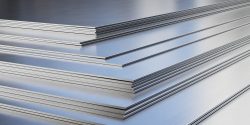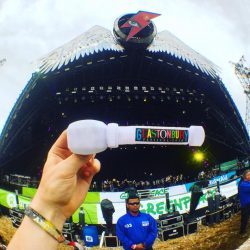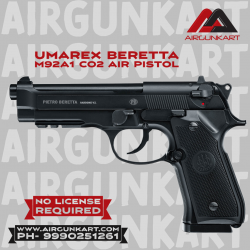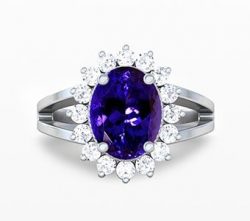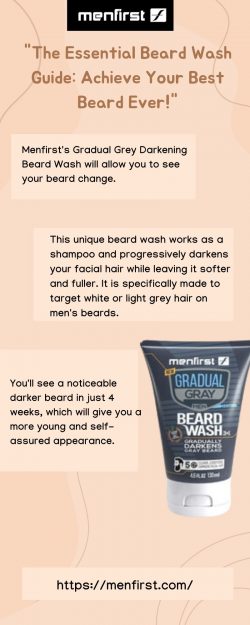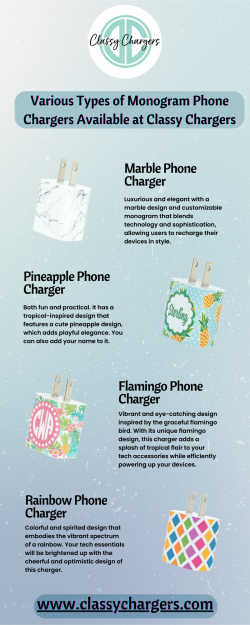Achieving Precision Fit in 3D Prints Using Threaded Inserts
Why Are Threaded Inserts Essential for 3D Prints?
Threaded inserts are crucial components in 3D printing, providing a reliable solution for creating durable and reusable threads within plastic parts. These inserts enhance the functionality of 3D printed objects by offering strong, metal threads that can withstand repeated use. Without them, the integrity of your prints can be compromised, especially when dealing with mechanical assemblies or parts that require frequent assembly and disassembly. By integrating threaded inserts, you ensure that your 3D printed parts maintain their structural integrity over time.
Benefits of Using Threaded Inserts in 3D Prints
Threaded inserts bring multiple advantages to 3D prints. They provide enhanced strength and durability, allowing for secure fastening and unfastening without damaging the print material. This makes them ideal for applications requiring high load-bearing capacity. Additionally, they offer improved wear resistance compared to directly tapping threads into plastic. Using threaded inserts also results in a more professional finish, which is crucial for prototypes or end-use products where aesthetics matter.
Common Challenges Without Threaded Inserts
Without threaded inserts, 3D printed parts face several challenges. The plastic threads can wear out quickly under stress, leading to failure in critical applications. Additionally, the lack of metal reinforcement can cause the threads to strip easily during assembly or disassembly. This vulnerability limits the lifespan of the part and restricts its functionality. Furthermore, without inserts, achieving precise alignment in assemblies becomes difficult, often resulting in misalignment issues.
How to Incorporate Threaded Inserts in Your 3D Printing Process?
Incorporating threaded inserts into your 3D printing process requires careful planning and execution to ensure optimal results. Start by designing your model with insert accommodations in mind. This involves accounting for the size and placement of the inserts during the design phase.
Selection Criteria: Choosing the Right Threaded Insert
Choosing the appropriate threaded insert depends on several factors including material compatibility, size requirements, and load-bearing needs. Consider the type of filament you are using and select an insert that offers good adhesion properties with it. Additionally, evaluate whether a heat-set or press-fit insert is better suited for your application based on ease of installation and performance requirements.
The Installation Process: A Step-by-Step Guide
The installation process for threaded inserts involves several steps to ensure a secure fit. Begin by heating the insert if you’re using heat-set types; this allows it to melt slightly into the plastic for a strong bond. Carefully place it into the pre-drilled hole in your part using appropriate tools like soldering irons or specialized insertion tools. Allow it to cool completely before applying any stress or load to ensure maximum strength.
What Tools and Resources Facilitate Using Threaded Inserts?
Having the right tools and resources is essential for successfully using threaded inserts in 3D printing projects.
Essential Tools for Installation
Essential tools include soldering irons for heat-set inserts or arbor presses for press-fit types. Precision calipers are also useful for measuring hole sizes accurately before installation. Additionally, having a set of pliers or tweezers can help position smaller inserts correctly during installation.
Recommended Suppliers and Products
For quality threaded inserts, consider suppliers like Qweit, known for their extensive range of fasteners suitable for various applications. Their products are designed to meet high standards of durability and reliability, making them an excellent choice for professional projects. For inquiries or custom solutions, feel free to contact us.
FAQs on Achieving Precision Fit With Threaded InsertsHow Do Threaded Inserts Improve Load-Bearing Capacity?
Threaded inserts improve load-bearing capacity by distributing stress across a larger surface area than traditional plastic threads alone could handle. The metal composition provides additional strength and reduces wear over time.
Can You Use Threaded Inserts With Any Type of Filament?
While most filaments can accommodate threaded inserts, it’s important to consider compatibility with specific materials like PLA or ABS due to varying melting points and bonding properties.
What Should Be Done if an Insert Fails or Becomes Loose?
If an insert fails or becomes loose, remove it carefully without damaging surrounding material. Re-drill if necessary before installing a new insert following standard procedures outlined above.

















